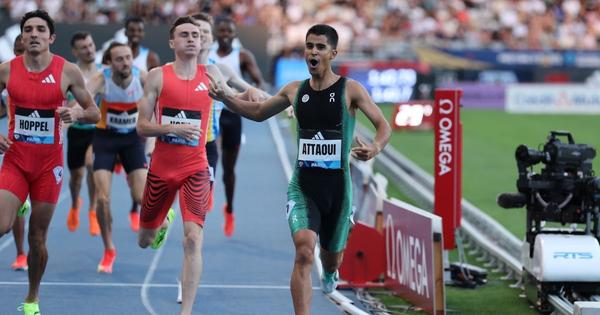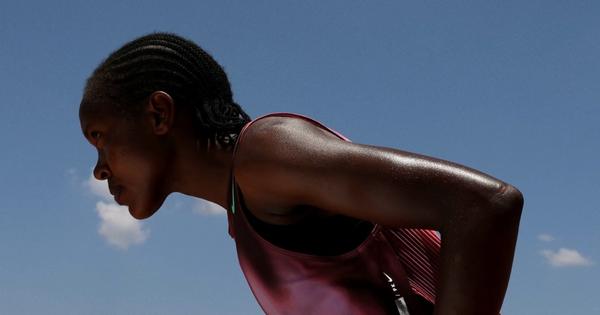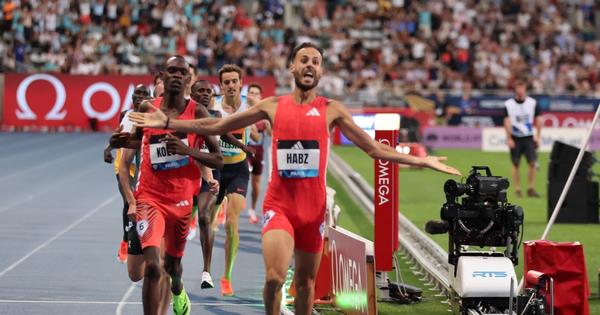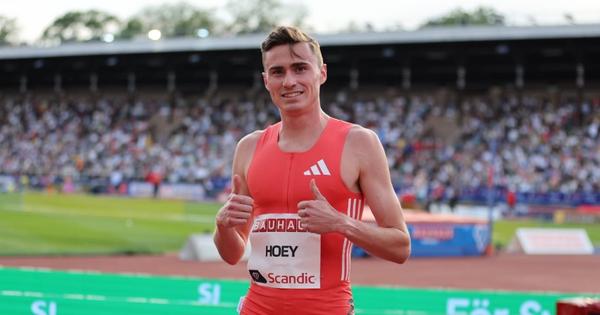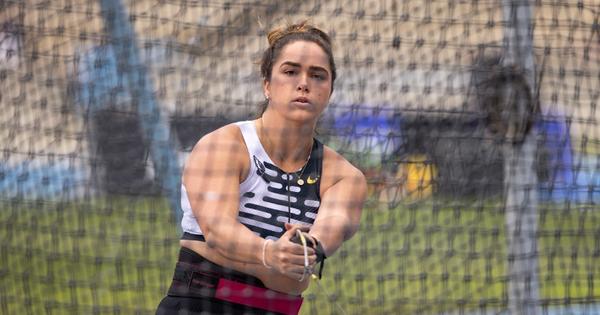By David Melly
June 25, 2025
For what seems like the gazillionth weekend in a row, the Diamond League delivered historic speed and historic depth, this time in Stade Sébastien Charléty in Paris’s 13th arrondissement.
Don’t take that as a complaint: watching previously-rare barriers get broken over and over is one of the most fun things about being a track and field fan in 2025. While no world records went down in Paris this time after two fell last year, the cumulative effect of stacked fields and favorable racing conditions was impressive nevertheless. 10 men broke 13 minutes in the 5000m; 11 women broke four minutes in the 1500m. Five women got under 50 seconds in the 400m (including two under 49—Marileidy Paulino and Salwa Eid Naser in yet another epic matchup) and six broke 3:30 for 1500m, four of whom had never done so before.
Let’s start with the men’s 1500m.
Unlike Lamecha Girma’s return to racing post-Olympics concussion, which happened an hour outside the TV window, the men’s metric mile was ironically not a Diamond League event even though it featured prominently mid-program. With six French entrants, led by Azeddine Habz, this race felt specifically crafted to give the home crowd something to cheer about, which the fans sorely needed. (Thomas Gogois’s third-place finish in the men’s triple jump was the high point prior to the 1500m.)
Habz came into this race more than ready to entertain. Two weeks earlier, he challenged Timothy Cheruiyot all the way to the line in Rome, ultimately prevailing. And in front of a stadium packed with his countrymen, he promptly followed the rabbits to his second high-profile win of the month.
The surprise came not necessarily from Habz’s win but from just how fast he—and everyone else in the field—ran. Azeddine Habz, who has never made an Olympic final and finished 11th in the only World final he’s made, stopped the clock in 3:27.49, making him the sixth-fastest athlete in the event’s history.
With all due respect… WHAT?!
Habz is clearly having a career season, but it’s mind-blowing to think that he’s now ahead of names like Cole Hocker, Noah Ngeny, Mo Farah, and yes, Tim Cheruiyot on the all time list. And it wasn’t like he was the only guy in the field having the race of his life: on his heels, 19-year-old Kenyan Phanuel Koech, who has only two 1500m results total listed on his World Athletics profile, improved from 3:32.26 to 3:27.72 to break Ronald Kwemoi’s world junior record, set in 2014. In third, George Mills skipped the 3:29s entirely, running 3:28.36 off a 3:30.95 prior PB to land at #2 on the British all-time list. When all was said and done, 13 of the 14 finishers broke 3:32 and 13 of the 14 set a lifetime best (more statistical deep-diving can be found here thanks to CITIUS summer intern Keenan Baker).
Did Paris just stumble into one of the greatest 1500s in world history in an attempt to deliver a French win in a non-DL event? In a word, no.
Don’t let the dazzling array of PBs and NRs fool you, people. Whether it’s the result of a fast track, science-fiction spikes, a stomach-churning dosage of sodium bicarbonate, or the inexorable forward march of time, performances are simply getting faster across the board these days, particularly in the distance races. While it can be exciting to watch history get made and record books to get torn up, context still matters: in this case: who else was in the race?
The 1500m in Paris featured zero finalists from last year’s Olympics and only two—Habz and Abel Kipsang—from Worlds the year prior. The field featured no outdoor medalists, the sole global accolade being Kipsang’s World Indoor bronze from 2022. That’s not to disrespect or discredit the performances of the guys who showed up and set their lifetime bests; it’s simply to reiterate that, in 2025, times only mean so much.
For all the hiccups and imperfections of Grand Slam Track’s distance offerings, it’s quite simply more thrilling to watch the entire Olympic podium race head-to-head four three times in a row, particularly when you throw in 2-3 global champions over 800 meters. Sure, Josh Kerr’s season’s best is 3:34.44, but does anyone in their right mind think that he wouldn’t be at least contending for the win, if not handily dispatching the entire field, were he in last Friday’s race?
The perfect example of why competition matters over results comes from the very same meet. Anavia Battle is the tenth fastest 200m runner of 2025 by season’s best, but in Paris she picked up her fourth Diamond League victory this season and remains unbeaten over seven individual races this year. Fool me once, shame on you; fool me four times… I’m sleeping on a contender. Battle may have a 22.27 SB, but everything else about her resume suggests that she’ll be in the mix for a national team or even a global medal.
Another intriguing counterfactual to the “it’s all about time” narrative came in the men’s 800m, where Paris featured an intriguing shuffle to the pecking order in an event we can’t stop talking about. For the third time on the circuit this season, the race was won in 1:42.7x, but this time, it wasn’t Olympic champ Emmanuel Wanyonyi or a red-hot Tshepiso Masalela, who have two DL wins apiece; it was Spaniard Mohamed Attaoui who picked up his first career Diamond League victory with an pass on Americans Bryce Hoppel and Josh Hoey.
The time may have been largely in line with what we’ve come to expect, but the result certainly wasn't. Attaoui finished fifth in last year’s stacked Olympic final, but he’s already raced a lot this year and only picked up two wins in the 800m. Generally speaking, you don’t expect the guy who finished dead-last in the final at the Spanish indoor championships to beat the World Indoor champion four months later. His surprise win here was at least partially the result of a tactical blunder on Hoey’s part, as the front-running American let just enough space open up on the rail to give Attaoui a path to victory. But Hoey still ran 1:43.00, the second-fastest time of his career, and Hoppel bounced back well after an off day in Stockholm.
In many ways, Attaoui’s win was more impressive than Habz’s, even if the time was comparatively more modest. He beat two of the ten fastest men in history in Hoppel and Gabriel Tual, along with Masalela, who seemed to pack it in after getting knocked around in the pack for the last 200m. And because the race was still fairly honest, with the rabbit taking the field through 400m in 49.15, the result can’t be written off as a “well anything can happen in a kicker’s race” kind of fluke.
At its best, that’s what a successful Diamond League delivers: eye-popping times and tongue-wagging storylines. 20-year-old Faith Cherotich not only reclaimed the world lead in the steeplechase with a 8:53.37 victory, she defeated her second Olympic champion in as many weeks as she held off Peruth Chemutai for the win. She’s now the fastest woman of 2025 and the winningest, so she’s got a big target on her back. Poor Trey Cunningham ran 13.00 in the hurdles for the THIRD time in his career, and while it probably stings a little to get stuck at the 13-second barrier once again, handily defeating Olympic champ Grant Holloway in his return to racing after an early-spring setback is a rich consolation prize.
Perhaps no one embodied the double-edged sword of “trackflation” better than Grace Stark, who ran 12.21 to win the 100m hurdles and jump to T-fifth on the all-time list—but only third among Americans this year. That being said, she beat world record holder Tobi Amusan in the same race and is now three for four in Diamond League wins, so Olympic champ and world leader Masai Russell shouldn’t get too comfortable atop her throne.
Statistics and record-keeping play an important role in track and field storytelling. Winning a race is easy to see on screen (or at least in FAT finish-line screenshots), but how does one tenth-place finish measure up to another? To truly understand and follow along with the sport over time, fans need to be able to recognize when a race is historically fast. But trying to fully process results without factoring in both performance and competition is like watching a movie with only video or audio, and there’s a reason why silent films and radio dramas don’t dominate the market these days.
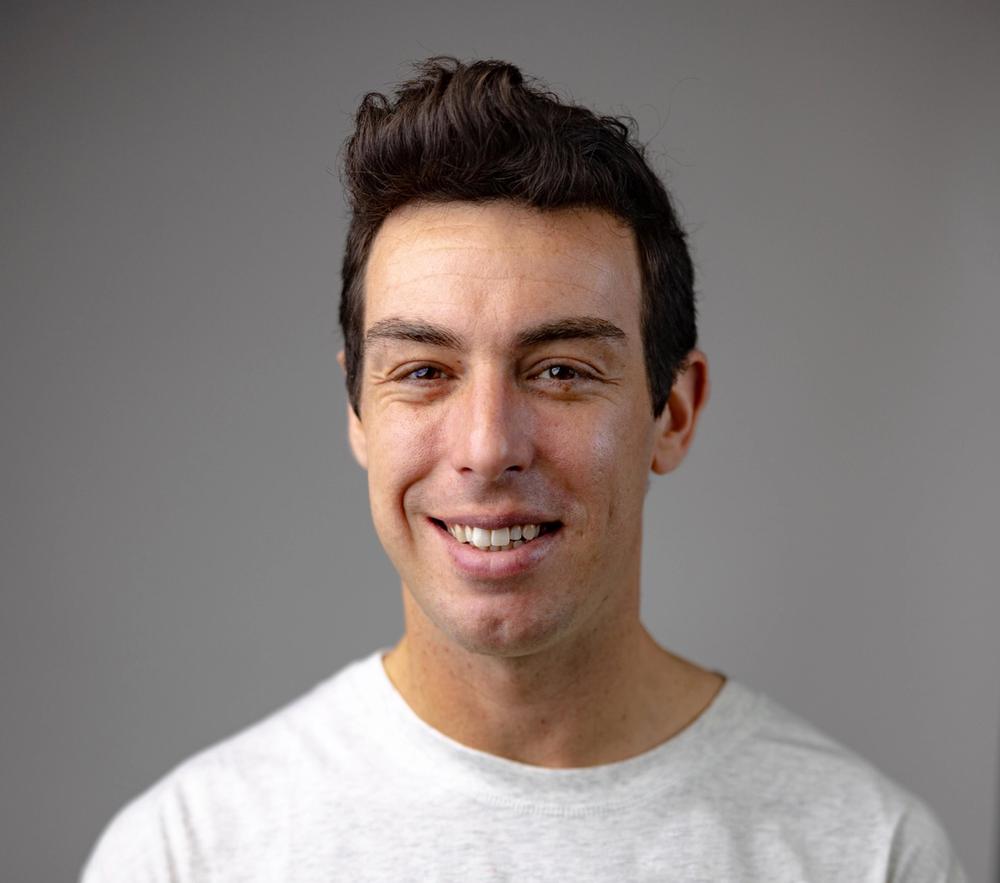
David Melly
David began contributing to CITIUS in 2018, and quickly cemented himself as an integral part of the team thanks to his quick wit, hot takes, undying love for the sport and willingness to get yelled at online.
